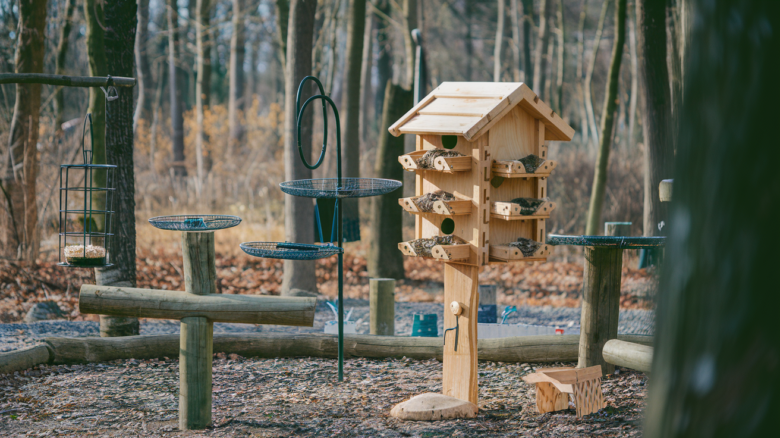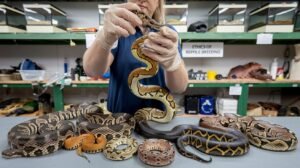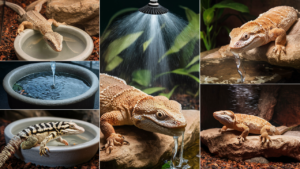Creating an enriched habitat for birds is vital for their well-being and happiness. This article explores various methods to enhance bird habitats, including adding perches and swings, using interactive toys, and rotating habitat elements. These strategies aim to mimic the complexity of their natural environments, promoting physical health and mental stimulation.
Understanding Bird Habitual Needs
Understanding Bird Habitual Needs:
Birds thrive in environments that mimic their natural habitats, which are rich in complexity and variation. Such environments facilitate essential behaviors like foraging, nesting, and socialization. Diverse structures, including branches and varied substrates, stimulate exploration, encouraging avian creativity and overall health.
Adding Perches and Swings
Adding perches and swings to bird habitats offers invaluable benefits for exercise and natural movement. These elements encourage birds to explore their environment, promoting physical well-being and cardiovascular health.
Ideal materials for perches include natural wood, as it mimics their wild habitats and provides texture for foot stimulation. Opt for varied diameters to accommodate different species and enhance grip. Position perches at varying heights and angles to create a dynamic space, allowing birds to exercise their wings and engage in climbing behaviors.
Swings also serve as excellent enrichment tools, facilitating playful interaction and coordination. They encourage socialization among birds, fostering a community atmosphere. By observing and participating in each other’s swinging, birds develop social bonds, which is vital for their well-being.
Incorporating these elements thoughtfully not only enhances physical activity but also contributes to a vibrant and interactive habitat, perfectly complementing the rich environments discussed in the previous chapter.
Interactive Toys for Engaging Play
Interactive toys significantly enrich a bird’s habitat by promoting engagement and mental stimulation. Various types, including *foraging toys*, *puzzles*, and *climbing structures*, encourage cognitive functions and enhance physical activity. When selecting toys, it’s crucial to consider the specific needs and safety of each bird species. Look for toys made from non-toxic materials, ensuring they are the appropriate size and complexity. For example, larger birds may require more robust toys, while smaller species might benefit from intricate puzzles that challenge their intellect. Rotate and assess toys regularly to maintain interest, fostering a stimulating environment that supports both physical and mental well-being.
Incorporating Rotating Habitat Elements
Incorporating rotating habitat elements keeps birds curious and engaged. Regularly change the layout or introduce new items, such as different perches and toys, to foster exploration. Ensure safe transitions by observing birds’ reactions to maintain comfort while stimulating their interest.
Creating a Holistic Enrichment Plan
Creating a comprehensive enrichment plan for bird habitats involves a thoughtful integration of perches, swings, and interactive toys. Observe your birds’ behavior to tailor the environment, ensuring it fosters exploration and mental stimulation. Regularly introduce new elements while maintaining familiar ones, allowing for adaptation and comfort. Balance the habitat with rotating elements while monitoring stress levels, and seek innovative designs for toys that challenge their intelligence. Commit to ongoing observation and adjustment to positively impact your avian companions’ well-being.
Conclusions
In conclusion, enriching bird habitats through thoughtful additions like perches, swings, toys, and rotating elements significantly enhances the quality of life for birds. By implementing these strategies, bird owners can promote physical health and prevent behavioral issues, creating a stimulating environment that mirrors their natural habitats.



